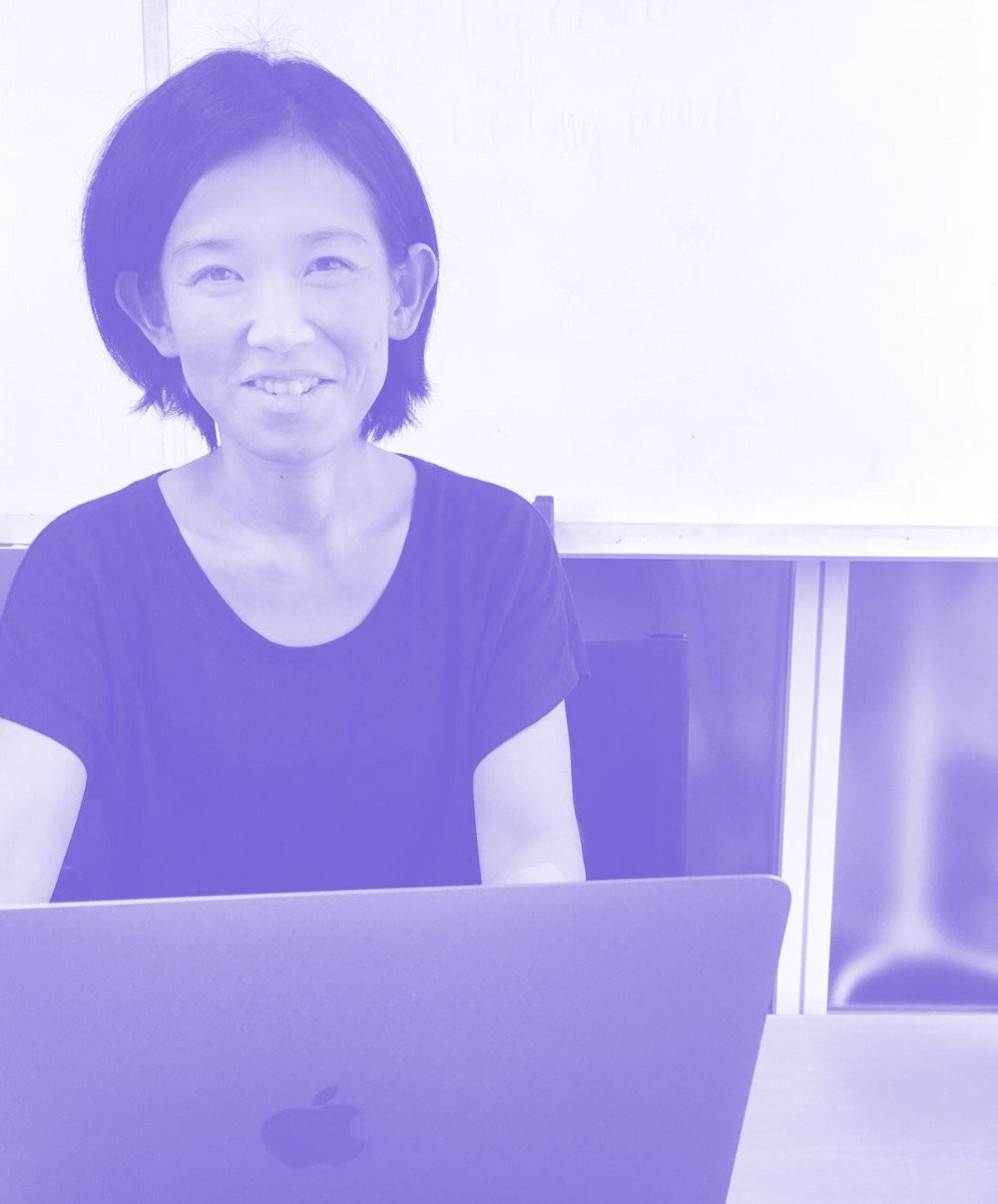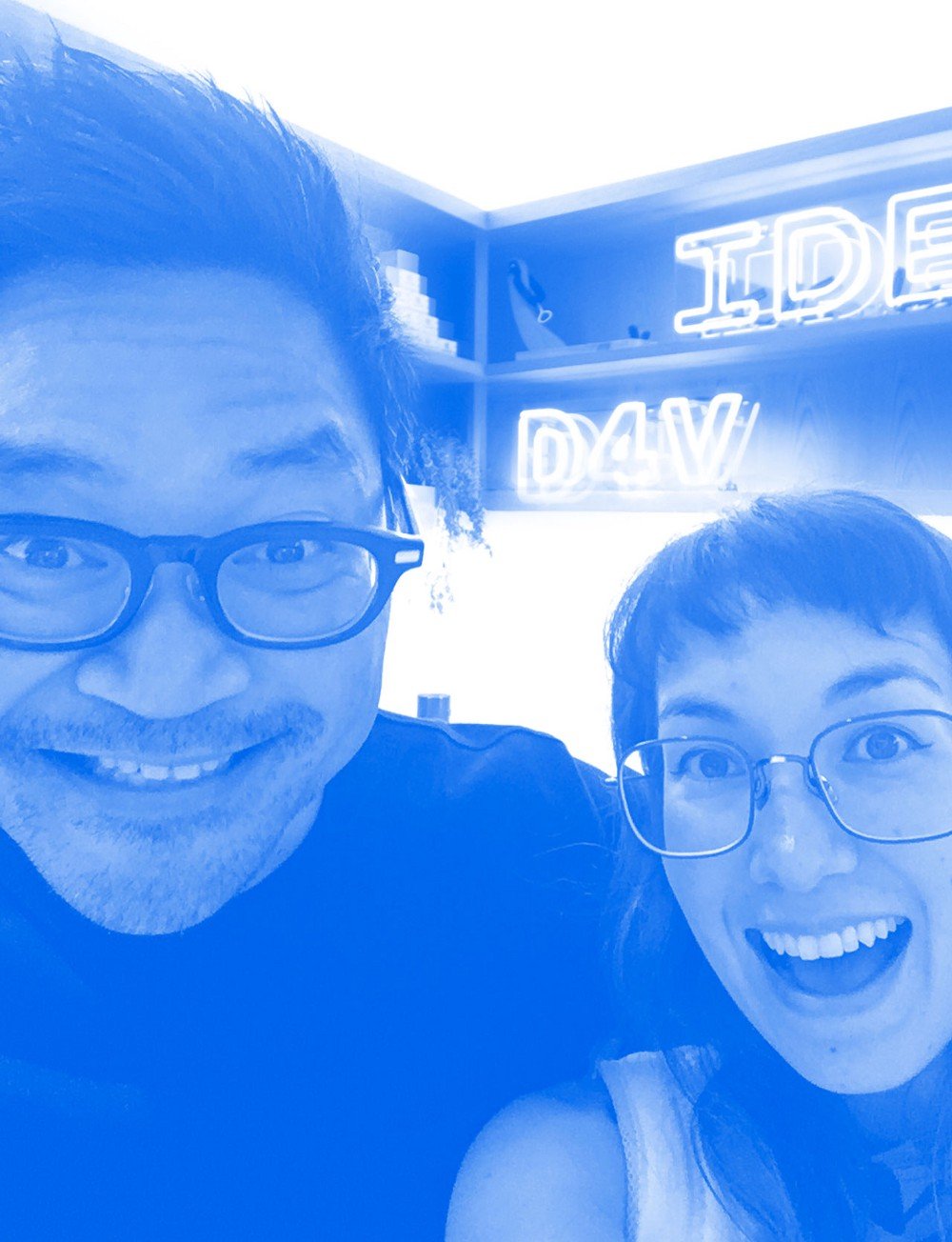It’s 2018, and the technology to enable remote and flexible working is readily available. More people are choosing to join the gig economy or work in startups. Working-age populations in developed countries on the cusp of decline; so now, more than ever, large organizations need to offer flexible working conditions to hire and retain talent. And yet, in a recent business survey conducted by Economic News, just 11.5% of Japanese companies have adopted remote work practices vs. 50% in the US. It’s worth noting that the average is dragged down by small and mid-sized organizations (sub-300 employees), where just 3–6% responded that they have adopted remote work practices. So what gives?
Over the past few weeks, I have conducted a series of interviews with small and mid-sized teams (2–50 people) based in Japan to hear first-hand accounts about the joys and frustrations of remote/flexible work.
Despite the high level of interest and intention to implement said practices, I was surprised to find that a number of teams are ambivalent, if not downright against it. This attitude seems to stem from 1) difficulty in establishing organizational processes, 2) lack of visibility/oversight which leads to breakdown of trust, and 3) current tools being inadequate in supporting the creative process. I’ll go into more detail on these points below.
Difficulty in establishing organizational processes
Remote teams need to conscientiously record, share, and absorb information about meetings, decisions made, and processes formed; if they don’t, gaps in understanding occur, resulting in a breakdown in shared knowledge.

Megumi, the CEO of online babysitting services provider CareFinder, experienced this firsthand. At the beginning, her team of mostly part-time staff were “very flexible,” coming into their shared office space at different times and days of the week. However, Megumi found that as the team grew from just her and her husband to a team of seven, things started to unravel.
“Because we’re a young start-up, there are many processes that are not yet fully formed and being decided on a case-by-case basis. So unless all our staff are in the same space, it’s hard to know who understands what, and the context or rationale behind why certain processes were decided upon and implemented. We were very flexible at the beginning, but found that too many things weren’t being effectively communicated and transmitted. Perhaps remotely working would work better after a majority of processes have become routine.”
The implication is that in their fledgling state, startup teams feel they need to be co-located in order to create a shared knowledge base, after which teams can disperse. So it could be a matter of timing. However, this also implies that as the team expands, new team members will need to spend a good chunk of time being co-located to fully understand the organization’s processes. In this case, remote work, especially for the founders, seems like a distant dream rather than a concrete reality.
Lack of trust
Traditional work culture has placed great emphasis on having supervisors oversee their staff to ensure tasks are being performed on-time and adhering to certain quality standards. This supervisor mentality is hard to mesh with remote work, because managers feel the need to constantly oversee and supervise their staff, while remote work must be autonomous and self-driven.

Hikaru, the CEO of Tokyo-based tourism agency Detouur, makes this case, despite having a staff member who currently works remotely in Nara. “There are some people who can do it right, but most can’t. There needs to be trust that this person/team will work, but it’s difficult to align work ethic and culture over distance. There’s a risk that everything becomes too loose and falls apart.”
One could make the case that Japanese companies have relied heavily on this supervisor model to grow and scale their businesses, thus Japanese workers who have only experienced this mode of working are not suited for remote work. Ready or not, if organizations want to hire and retain top talent, they need to increasingly embrace remote/flexible working standards and learn ways to work with this trend.
Tools aren’t good enough (yet)
Despite the abundance of tools available to support remote/flexible work, they only appear to work for certain business models and not so much for others.

Take the global design company, IDEO, for instance. They have a very flexible work culture, but Greg, a Design Director, notes: “While you don’t need to be [in a shared physical space] to communicate, you do need to be there to comprehend. Being in a creative company means presence is important for understanding and feeling inspired. It’s hard to work on an IDEO project remotely — we need to argue together and work changes hour to hour.”
Of course, there are certain collaboration tools that IDEO uses, but, according to Greg, “using those tools plus working together in the same space means getting twice the work done, twice as fast.”
So gaining context, inspiration, and being able to argue together are necessary parts of the creative design process, and the remote collaboration tools on the market don’t do a good job of supporting this kind of work.

Conclusion
Throughout numerous interviews, we’ve come across organizations that believe they are not yet ready to embrace remote/flexible work because they lack internal organizational processes, lack of trust/conservative management practices, or they believe design/creative process cannot thrive without being co-located.
With Tonari we aim to provide a holistic platform and tools that seamlessly connect teams and spaces together to allow for frictionless communication — including the more subtle forms of communication that tend to get lost in translation. Nuance is important, not only for facilitating complex collaboration, but also for building and maintaining trust.
There was a great analogy that came up during one of my interviews, about two people who speak different languages relying on an interpreter to communicate with one another. The meeting takes twice as long because one person speaks, gets awkwardly interrupted as the interpreter translates, and so on. To make matters worse, if the interpreter is mediocre and translates word for word, without taking into consideration cultural differences or nuance, the conversation can easily turn south, leaving both parties feeling frustrated.
We want Tonari to be like a great interpreter — one who appreciates and translates nuance, and does it simultaneously — so that the back-and-forth feels natural, and is happening in real-time. And though we can’t necessarily change an organization’s culture, we can build useful tools that better facilitate more fluid conversations and collaboration, and provide useful frameworks for organizing remote teams.
On the other hand, some organizations are already overcoming these challenges with today’s tools. In my next post, I’ll go over some case studies of successful remote teams that are working together asynchronously and remotely, achieving their milestones on-time, and, importantly, living the lives they want to lead as they’re doing it.

If you enjoyed this and want to learn more about tonari, please visit our website and follow our progress via our monthly newsletter. And if you have questions, ideas, or words of encouragement, please don't hesitate to reach out at hey@tonari.no. 👋
Find us 💙
Facebook: @heytonari Instagram: @heytonari X: @heytonari
